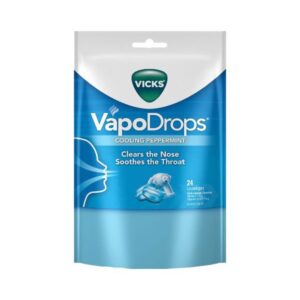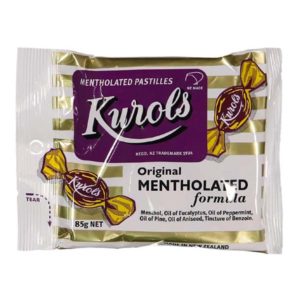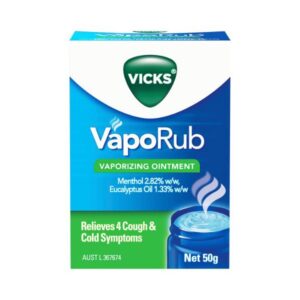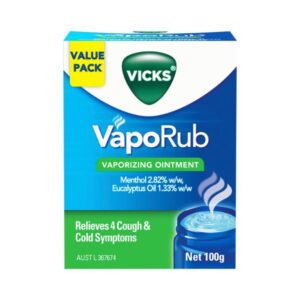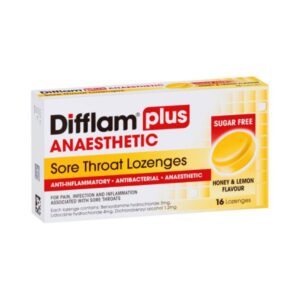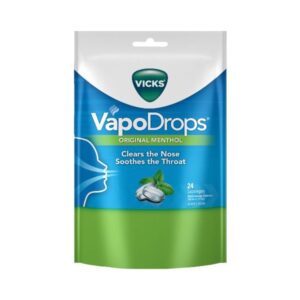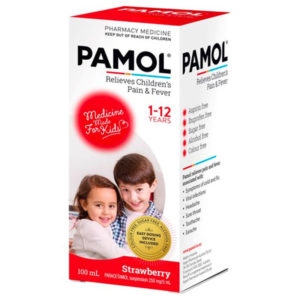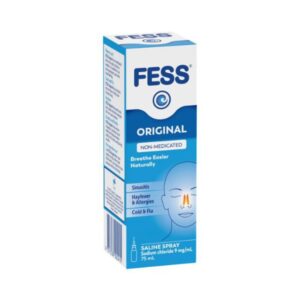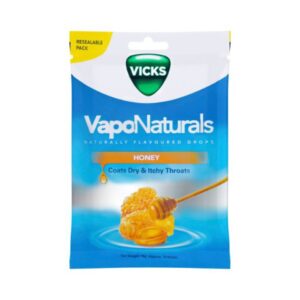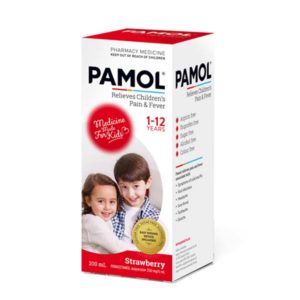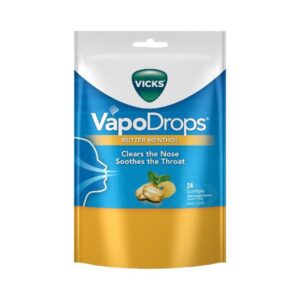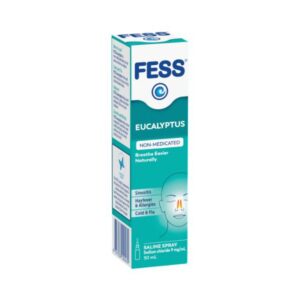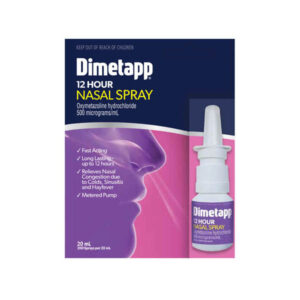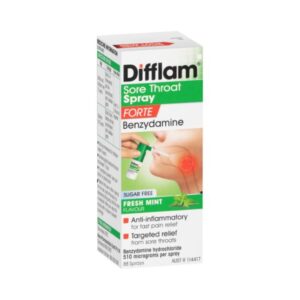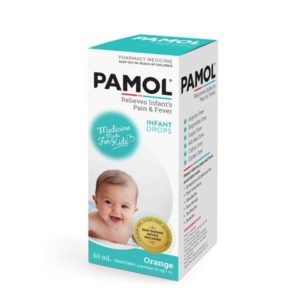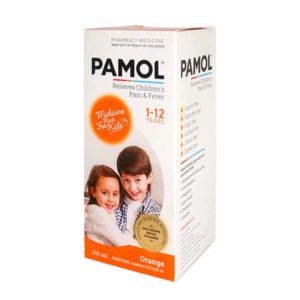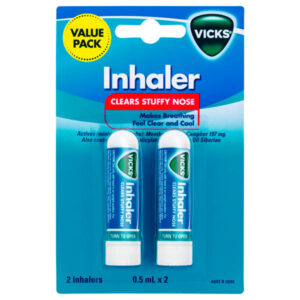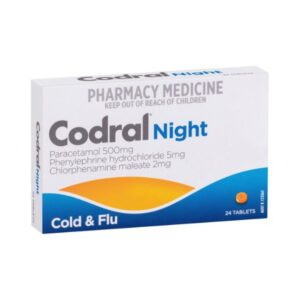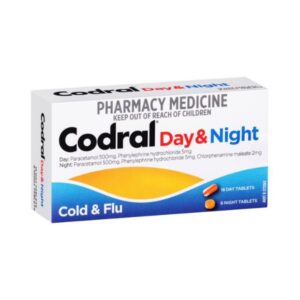
New Zealand is set to see the cold and flu medicine pseudoephedrine become more accessible. After disappearing from shelves back in 2011, it had taken a prescription to get the medicine. This left Kiwis with alternatives such as phenylephrine, which recently has had its effectiveness questioned. Now pseudoephedrine is returning, but it won’t be truly over-the-counter. Let’s look at what pseudoephedrine is, how it works, and why it was restricted in the first place.

Pseudoephedrine is a non-drowsy decongestant taken orally to treat nasal and sinus congestion, while also relieving sinus pressure. It is used for the short-term relief of blocked and stuffy noses caused by allergies and the common cold. It comes in both short-acting and long-acting forms that are taken every 4 to 6, or 12 to 24 hours respectively.
Pseudoephedrine was banned from being sold as an over-the-counter (OTC) medicine in New Zealand in 2011. It was reclassified as a controlled class B medicine, meaning you could only get a medicine containing pseudoephedrine on prescription.
Pseudoephedrine is commonly associated with the brand Sudafed which has a range of cold & flu medicines. Sudafed PE (phenylephrine) is currently available OTC in New Zealand, which is also a nasal decongestant, it is generally acknowledged that Sudafed (pseudoephedrine) is more effective than Sudafed PE (phenylephrine), but it has a higher risk for misuse. Sudafed PE may be safer for people with high blood pressure and heart disease.
Pseudoephedrine is a decongestant helps you to breathe more easily when you are experiencing nasal congestion. Nasal congestion occurs when the tissues lining the inside of your nose are irritated, causing inflammation, swelling and mucus production. Pseudoephedrine works by constricting or narrowing the blood vessels in your nose, reducing the inflammation. This is process is known as vasoconstriction. The resulting reduction in swelling helps allow mucus and air to flow more freely.
Pseudoephedrine doesn’t just cause vasoconstriction in the nose/head. It affects the blood vessels throughout your whole body. This tightening of blood vessels throughout the body can cause an increase in blood pressure. In general, this increase is minimal if your high blood pressure is controlled. Check with your doctor or pharmacist before taking a new medicine if you are concerned.
Nasal congestion occurs when the tissues lining the inside of your nose are irritated, causing inflammation, swelling and mucus production. Some of the signs of nasal congestion are:
Nasal congestion is most often caused by minor illnesses like the common cold, flu, or sinus infections. However, there are a wide range of possible causes including allergies, hay fever, environmental irritants, and more.
Pseudoephedrine is a core ingredient in the production of the Class-A drug methamphetamine (P). In 2011 cold and flu medicines containing pseudoephedrine were made prescription-only. This came as crime linked to the medicine began to rise. It was thought that restricting access to the medicine would have an impact on the ability for criminal groups to manufacture the drug.
Restricting access to the drug to behind the counter has had an impact on retail crime relating to pseudoephedrine. The production and consumption of P was not affected, as criminal groups eventually shifted to importing pseudoephedrine in its raw form. The production of P locally has continued, and wastewater testing indicates P consumption is increasing.
Pseudoephedrine is being reclassified as a restricted medicine (also known as Pharmacist Only medicines). This will allow New Zealanders to buy cold & flu medicines containing pseudoephedrine from pharmacies once the changes are in effect.
As a restricted medicine you will only be able to purchase following a consultation with a New Zealand registered pharmacist. These consults must be done to fulfil some special requirements to ensure you are properly informed about the safe and correct use of your medicine. You will also be asked for your name and address so the pharmacist can keep a record of the sale.
It is expected that cold & flu medicines containing pseudoephedrine will be back on shelves in 2025. The legislation changes have passed its third reading in parliament. While Kiwis will be able to buy the medicine once the changes are in effect, the true timeframe is dependent on when pharmaceutical suppliers can get them back into the New Zealand market.
